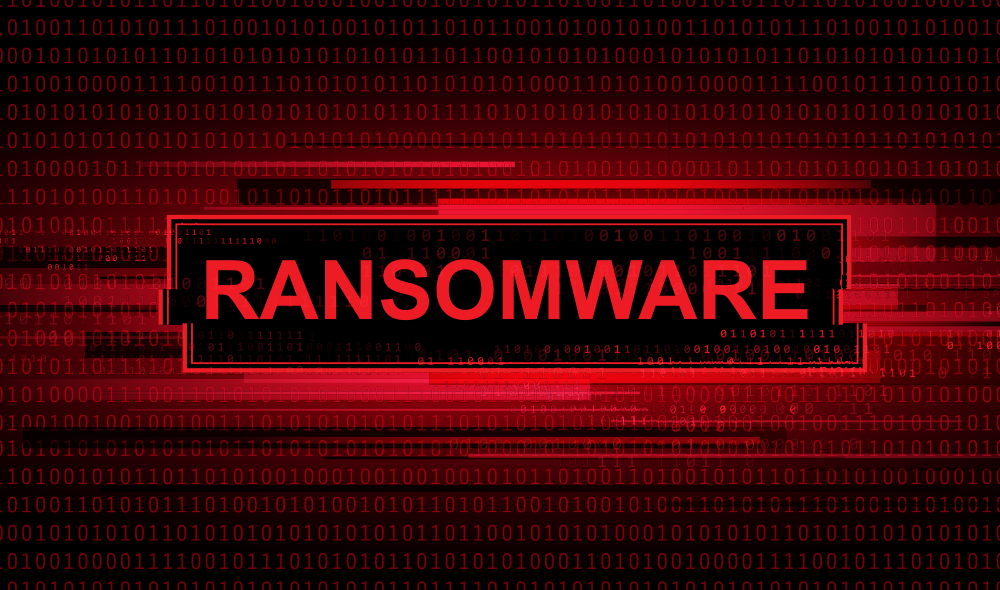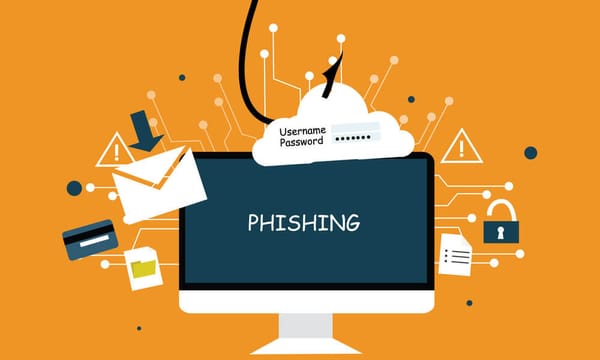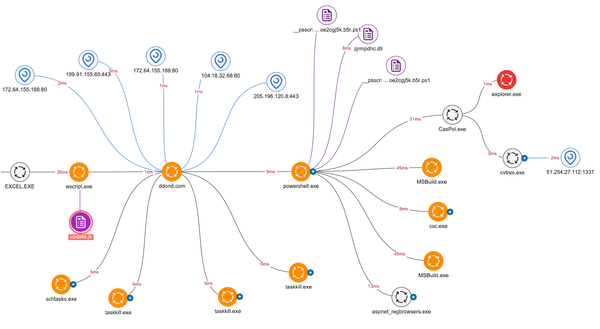Post-Mortem Investigation of Ransomware: Timeline, Artifacts & Attack Reconstruction

Introduction
The cybersecurity landscape is a constantly shifting battlefield. In this environment, ransomware has emerged as one of the most significant threats to organizations worldwide. It's not just about the crippling disruption these attacks can cause; it's the post-mortem investigation that often reveals a labyrinth of well-crafted techniques used to bypass security measures. In this article, we'll delve deep into the post-mortem investigation of a ransomware attack, discussing the timeline, the artifacts left behind, the pivot points, and the reconstruction of the attack. This article will provide you with the knowledge necessary to understand these attacks, how they are carried out, and how you can better prepare your organization to respond effectively. This in-depth analysis is crucial for anyone seeking to enhance their cybersecurity skills or striving to achieve higher qualifications, such as the top offensive security certifications in 2025 Link to PwnVector's Offensive Security Certifications Article.
Technical Background
Ransomware, a form of malware, encrypts files on the victim's machine and demands payment in exchange for the decryption key. To fully understand the scope and complexity of a ransomware attack, let's start with the technical background.
Ransomware Evolution and Mechanism
Ransomware has evolved significantly since its inception. What began as screen lockers and scareware has morphed into sophisticated crypto-ransomware. The modus operandi involves infiltrating a network, escalating privileges, moving laterally, identifying valuable data, and then encrypting it. The success of a ransomware attack relies heavily on the exploitation of vulnerabilities, both technical (e.g., unpatched software) and human (e.g., phishing attacks).
One of the most critical aspects of a ransomware attack is the Command and Control (C2) server. It is the linchpin that facilitates communication between the infected systems and the attacker. Understanding these mechanisms is the first step towards conducting a successful post-mortem investigation of a ransomware attack.
For more on the evolution of ransomware, refer to the SANS Internet Storm Center Link to SANS Internet Storm Center.
Core Concepts: Timeline, Artifacts, Pivot, and Attack Reconstruction
Investigating a ransomware attack involves examining these core concepts:
- **Timeline:** This includes the initial penetration, lateral movement, privilege escalation, and the moment of encryption. The timeline helps to understand the sequence of the attacker's actions.
- **Artifacts:** These are remnants of the attacker's activities on the network. They include logs, modified files, and other digital traces that provide insights into the attacker's tools, techniques, and procedures (TTPs).
3. Pivot: This refers to the attacker's movement from one compromised system to another within the network. Identifying pivot points can reveal the attacker's lateral movement strategy.
4. Attack Reconstruction: This involves piecing together the artifacts and the timeline to recreate the attack. This helps in understanding the attacker's strategy and identifying potential weaknesses in the network.
For a detailed analysis of these core concepts, refer to NIST Special Publications Link to NIST Special Publications.
Practical Implementation
Now that we understand the core concepts let's look at how a post-mortem investigation of a ransomware attack is conducted.
Step-by-Step Walkthrough
- **Incident Identification:** The first step is to identify the incident. This could be a user reporting encrypted files, unusual network traffic, or alerts from a security tool.
2. Containment: The next step is to contain the attack to prevent further damage. This could involve isolating affected systems or blocking network traffic.
3. Data Collection: Gather all possible data from the affected systems. This includes system logs, network traffic data, memory dumps, and any suspicious files.
4. Analysis: Analyze the collected data to identify the type of ransomware, its propagation method, and any associated artifacts.
5. Timeline Construction: Construct a timeline of the attack using the identified artifacts. This will provide insight into the attacker's actions and their sequence.
6. Attack Reconstruction: Use the timeline and artifacts to reconstruct the attack. This will help identify the attacker's TTPs and any weaknesses in the network that were exploited.
For more practical examples of post-mortem investigation, refer to Google Cloud Security Link to Google Cloud Security.
Security Implications
Ransomware attacks have serious implications, particularly when they are not properly investigated and mitigated. Attack vectors related to ransomware are diverse and sophisticated, and understanding these is crucial in preventing future attacks.
Attack Vectors
Attack vectors can range from phishing emails to exploit kits and drive-by downloads. A common vector is through the abuse of Remote Desktop Protocol (RDP). An attacker can brute-force the RDP login credentials and deploy the ransomware manually once they gain access. In the case of advanced persistent threats (APTs), the attacker often resides in the network for an extended period before deploying the ransomware, making detection and mitigation even more challenging.
Exploitation Techniques
Common exploitation techniques include spear phishing, the use of zero-day vulnerabilities, and the misuse of legitimate tools. As an example, the Petya/NotPetya ransomware exploited a vulnerability in the update mechanism of a popular Ukrainian tax software, spreading rapidly within networks.
Real-World Examples
A notorious case is the WannaCry ransomware attack that affected more than 200,000 computers across 150 countries, causing billions in damages. The ransomware exploited a known vulnerability in the Windows SMB protocol, which had been patched by Microsoft two months prior to the attack. Details of this case can be found on Bleeping Computer.
Incorporating these examples, we can learn from the attack strategies and better prepare for similar incidents. A comprehensive guide to hacking a domain controller for educational purposes can be found here.
Detection and Prevention
Detecting a ransomware attack early is crucial to minimizing damage. Additionally, implementing preventative measures can drastically reduce the likelihood of a successful attack.
Detection Methods
Detection of an attack can be achieved through various methods such as monitoring network traffic for anomalies, detecting the creation of new, unknown processes, and tracking file system activity. A tool like Wazuh can be employed for real-time threat detection. Read more about Wazuh rules here.
Defensive Strategies
Defensive strategies include regular patching of systems, limiting user privileges, and regularly backing up important data. It’s also crucial to disable script interpreters like PowerShell where they are not needed, and to employ application whitelisting to prevent the execution of malicious programs.
Best Practices
NIST Special Publications provide a comprehensive set of recommendations for best practices in cybersecurity, including ransomware mitigation here.
Advanced Topics
Cybersecurity is a rapidly developing field, and staying updated on current trends and future developments is crucial for professionals.
Cutting-Edge Research
One area of cutting-edge research is in the use of machine learning and artificial intelligence to predict and detect ransomware attacks. These technologies can analyze large amounts of data to identify patterns and anomalies that may indicate an attack.
Future Developments
As ransomware attacks become more sophisticated, so do the methods used to combat them. Future developments may include the increased use of cloud-based backups and recovery solutions, as well as the use of advanced analytics for threat detection. For more insights, visit the Google Cloud Security blog.
Conclusion
Ransomware attacks are a significant threat to organizations of all sizes. By understanding the timeline, artifacts, pivot, and reconstruction of these attacks, security professionals can improve their ability to detect, prevent, and respond to them.
For further reading on related topics, consider exploring techniques for 'dumping lsass memory for credential extraction' here. Stay informed about the latest trends and developments in cybersecurity by regularly visiting authoritative sources such as the HackerOne blog.
Remember, the best defense against ransomware is a well-educated team of cybersecurity professionals. Ensure continuous learning and stay ahead of potential threats.




